The real story behind the Ferrari fortune
How the founder of Ferrari created a legacy worth billions
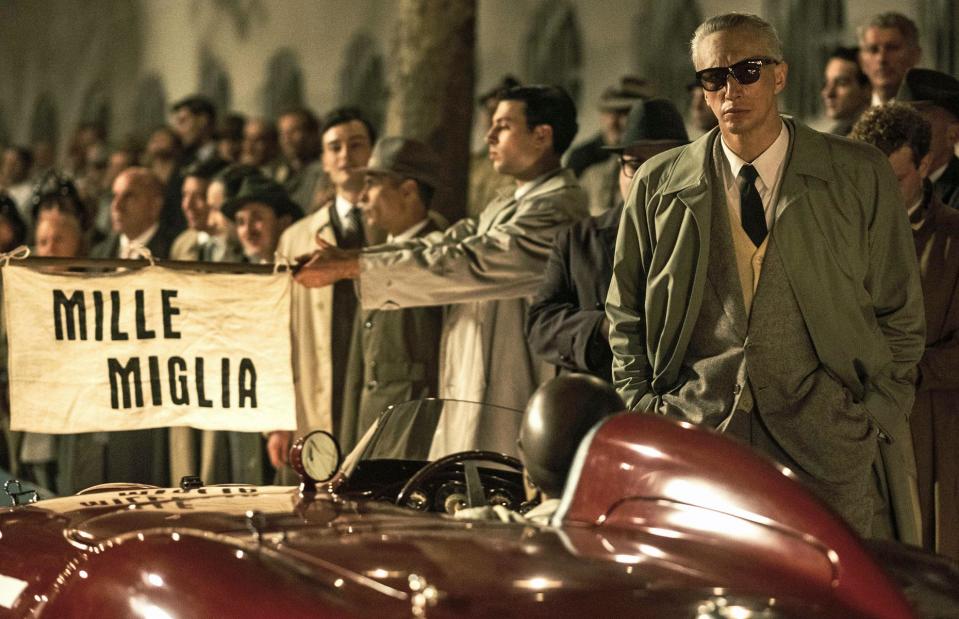
FlixPix/Alamy
A major biopic of the legendary Enzo Ferrari has been winning over audiences and critics alike. With Adam Driver taking the wheel in the titular role, Ferrari homes in on the life of the Italian motor racing luminary during one devastating summer in the late 1950s.
Despite facing challenges over the years, the undeterred Ferrari boss went on to create the most successful Formula One team of all time, as well as a renowned automobile marque synonymous with wealth and a gargantuan global merchandise empire.
Read on to chart Enzo Ferrari's rise to the top and find out what's happened to the Ferrari family fortune today. All dollar amounts in US dollars.
The birth of Enzo Ferrari
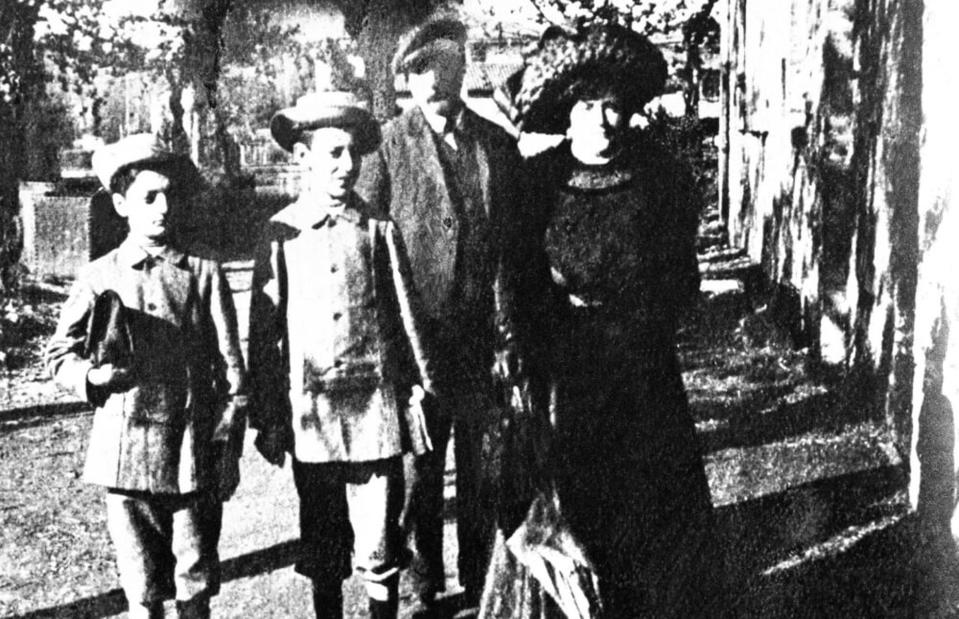
Public domain
Shown here on the left, Enzo Anselmo Ferrari was born in February 1898 in Modena, now the heart of Italy's high-end auto industry.
The second child of Alfredo Ferrari and Adalgisa Bisbini, Enzo is said to have claimed he was born on 18 February amid a fierce snowstorm that prevented his father from registering his birth until two days later. Curiously, other sources state that his birth date was 20 February, with his arrival registered by a midwife on 24 February.
Enzo's not-so modest background
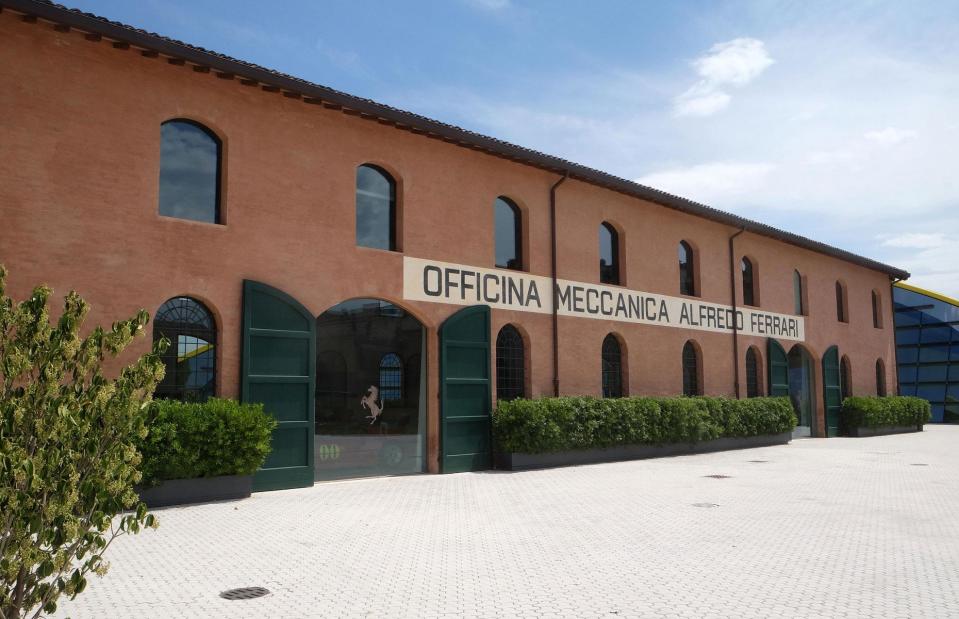
Zvonimir Atletić/Alamy
Question marks also seem to hang over whether Enzo's childhood was deprived or privileged. While he would later claim he started out dirt-poor, his father had his own sizeable mechanical workshop (now a museum) that made a decent income, while his mother came from a wealthy background.
In addition, the Ferrari family was one of the first in Modena to own an automobile, a French De Dion-Bouton that Alfredo purchased in 1903.
Enzo Ferrari's childhood passion for cars
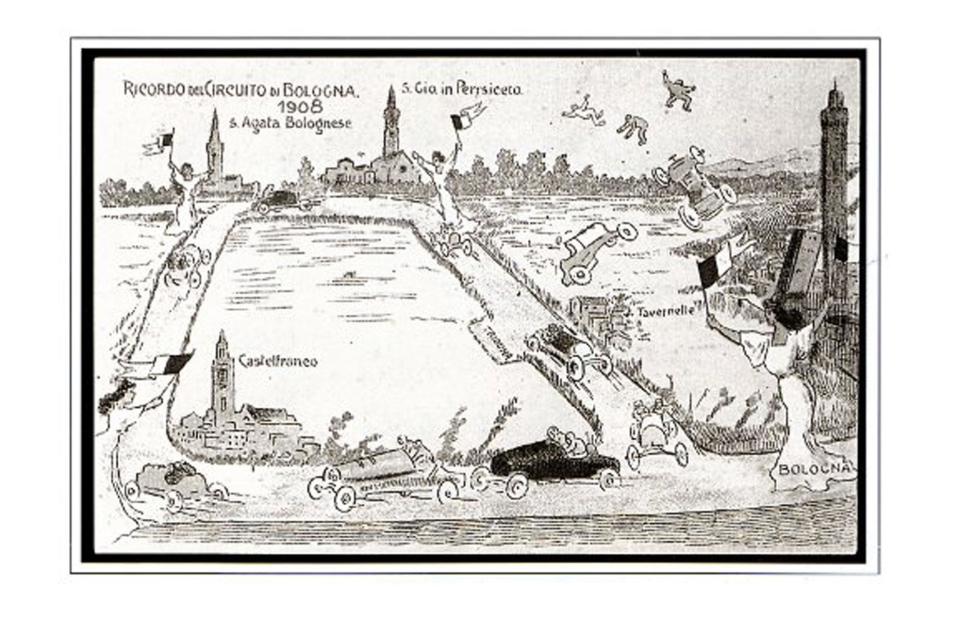
Public domain, via Wikimedia Commons
That very same car is believed to have sparked Enzo's lifelong passion for all things automobile, which was further bolstered by a trip to the 1908 Circuito di Bologna when he was 10. Transfixed by the dazzling vehicles and the daring performances of the drivers, including the victory of Felice Nazzaro, Enzo was hooked.
In 1915, aged 17, he decided to become a racing driver, reportedly inspired after seeing a photo of Ralph DePalma, who'd recently won the Indianapolis 500 motor race.
Enzo Ferrari's teenage trauma
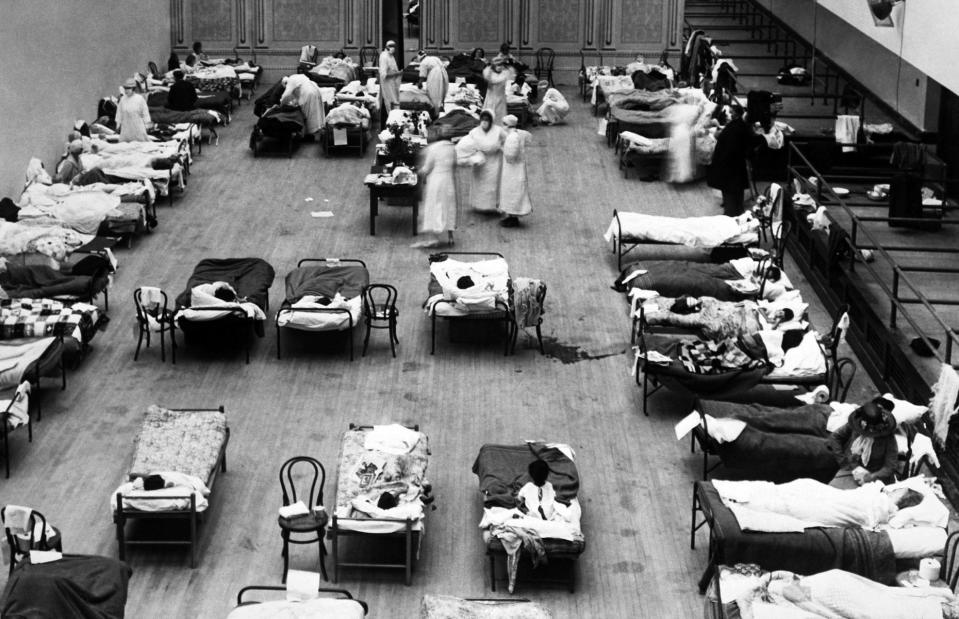
Underwood Archives/Getty Images Underwood Archives/Getty Images
Tragedy struck in 1916 when Enzo's father and brother both died after contracting flu. Enzo had to put aside his dreams and grow up fast, with his aspirations to become a racing driver falling by the wayside.
Suddenly the family's main breadwinner, Enzo found work as an instructor at Modena’s fire service workshop. In 1917, he was conscripted into the Italian army, earning an honourable discharge after he fell seriously ill with Spanish flu.
Enzo Ferrari pursues his dream
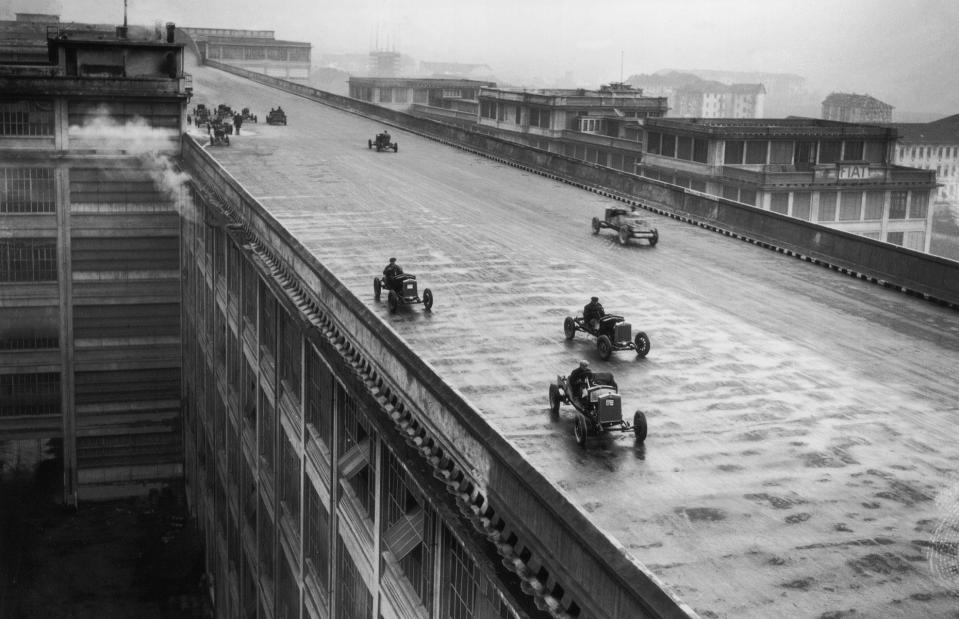
Fox Photos/Getty Image
After surviving a variant of the illness that killed his father and brother, Enzo resurrected the idea of becoming a racing driver and set his sights firmly on his goal.
With World War I over, the car fanatic moved to Turin, where he tried and failed to get hired by Fiat (the factory's jaw-dropping rooftop test track of the time is shown here). Down but not out, Enzo found work delivering auto parts between Turin and Milan.
The Fiat rejection reportedly led to Ferrari harbouring a years-long grudge against the brand. However, the feud had certainly fizzled out by 1969, when, as irony would have it, Fiat bought a 50% stake in Ferrari.
Enzo Ferrari's promotion to racing driver
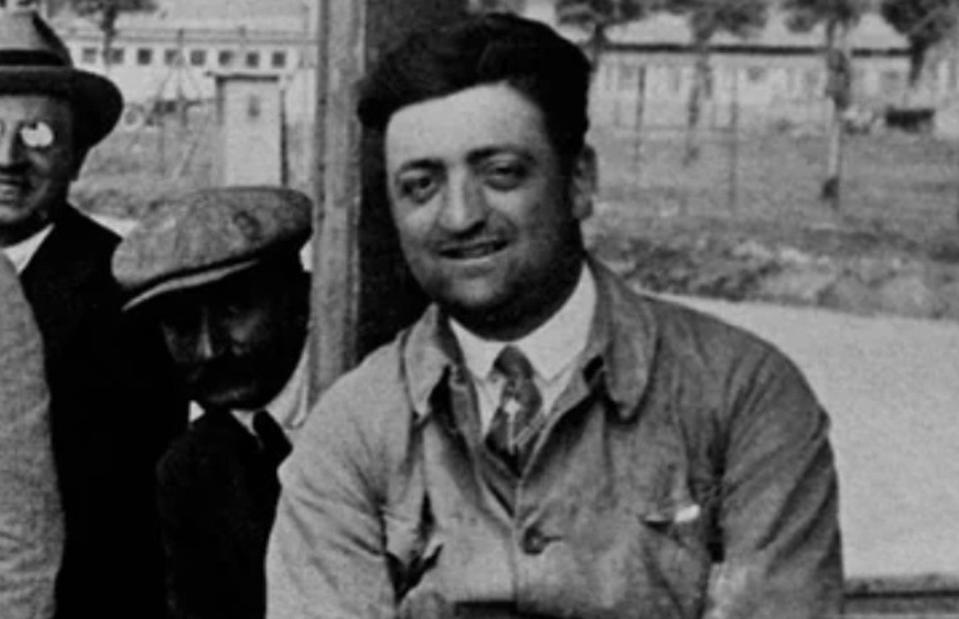
Public domain
Enzo's delivery work turned out to be a shrewd move, enabling him to network with bigwigs in the industry. Thanks to his new-found connections, he scored a job as a test driver for Milanese automaker Costruzioni Meccaniche Nazionali (CMN) in 1919.
The unwaveringly ambitious and tenacious 21-year-old wasted no time showing off his driving skills. After impressing the CMN bosses, he was swiftly promoted to racing driver.
Enzo Ferrari's first win
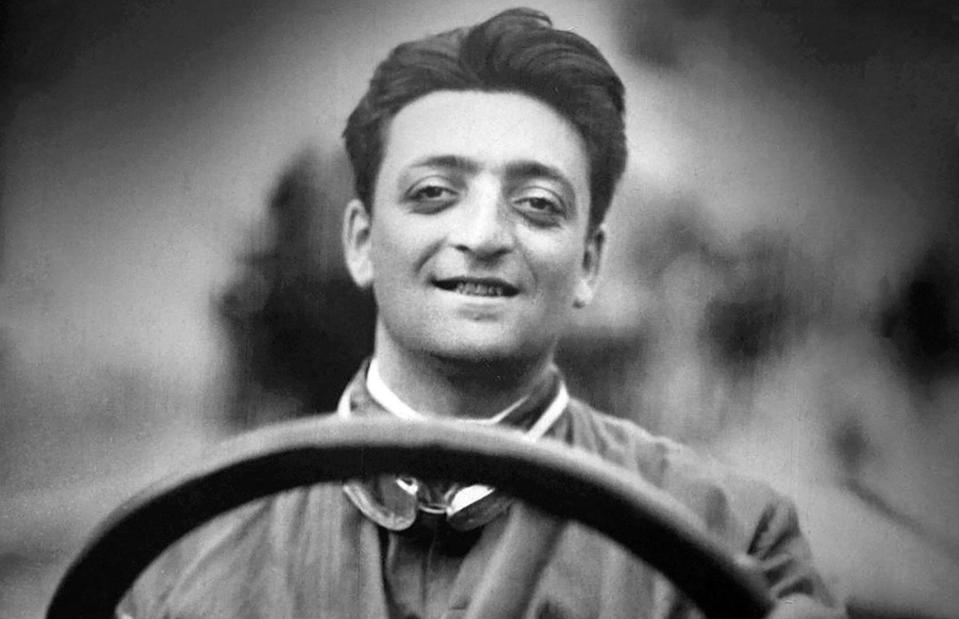
IanDagnall Computing/Alamy
While Enzo had to pay for his CMN racing car himself, this didn't deter him, and he got into debt to finance the vehicle. Living his dream, he made his racing debut in October 1919 at Italy's first post-WW1 sporting event, the Parma-Poggio di Berceto hillclimb, finishing fourth in his class.
The following year, he started driving for Alfa Romeo, winning his first race at the Circuito del Savio in 1923.
Following this triumph, the ecstatic 25-year-old met the Count and Countess Baracca, who'd lost their son, the flying supremo Francesco Baracca, in World War I. They suggested Enzo could adopt the fallen hero's prancing horse emblem for good luck. The idea for the Ferrari logo was born.
Enzo Ferrari's marriage and team preparation
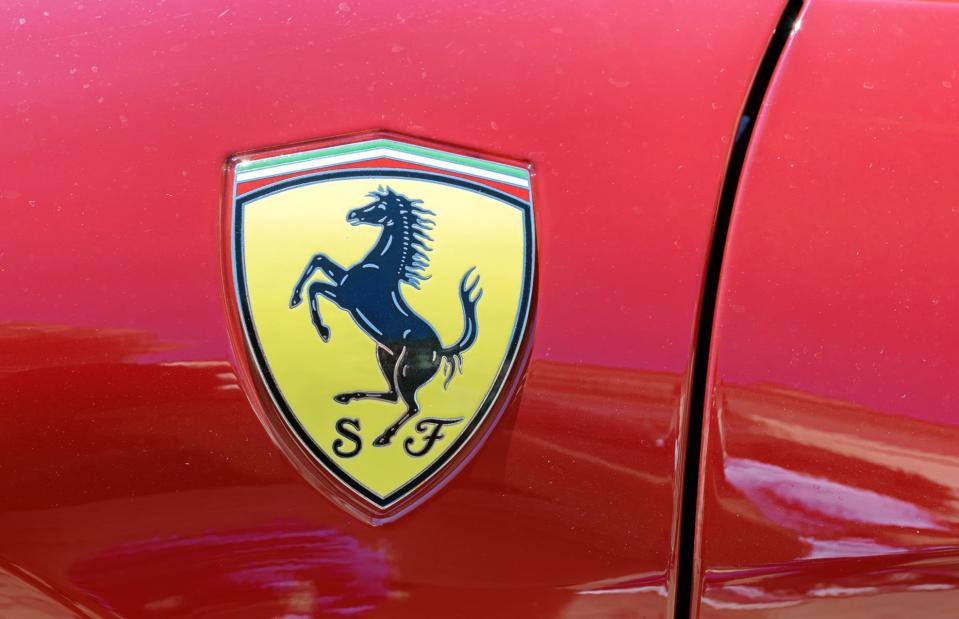
Roberto Lusso/Shutterstock
Let's take a closer look at that world-famous logo. Its bold yellow background represents Modena. The initials SF, which usually sit beneath the horse's hooves, stand for Scuderia Ferrari (which translates to "Ferrari stables") and, as you've no doubt guessed, the green, white, and red bands at the top represent the Italian flag.
Back to Enzo: mere months after he won his first race, he tied the knot with Laura Dominica Garello, who came from a moneyed Milanese family. He continued to race cars but increasingly turned his attention to the practicalities of the vehicles and figuring out how to manage a team.
Enzo Ferrari founds the Ferrari team

World History Archive/Alamy
In 1929, Enzo officially founded Scuderia Ferrari, his own team of engineers and drivers. They mainly drove Alfa Romeos, and it soon became the marque's official team.
Enzo, who was more mindful about safety than most racing drivers, had promised his wife he'd give up the risky sport if they ever had a child. The motoring maestro kept his word and quit racing in 1931 when Laura told him she was pregnant. Their beloved son Alfredo, or Dino as he was nicknamed, was born in January 1932.
Enzo Ferrari's first racing car and dismissal
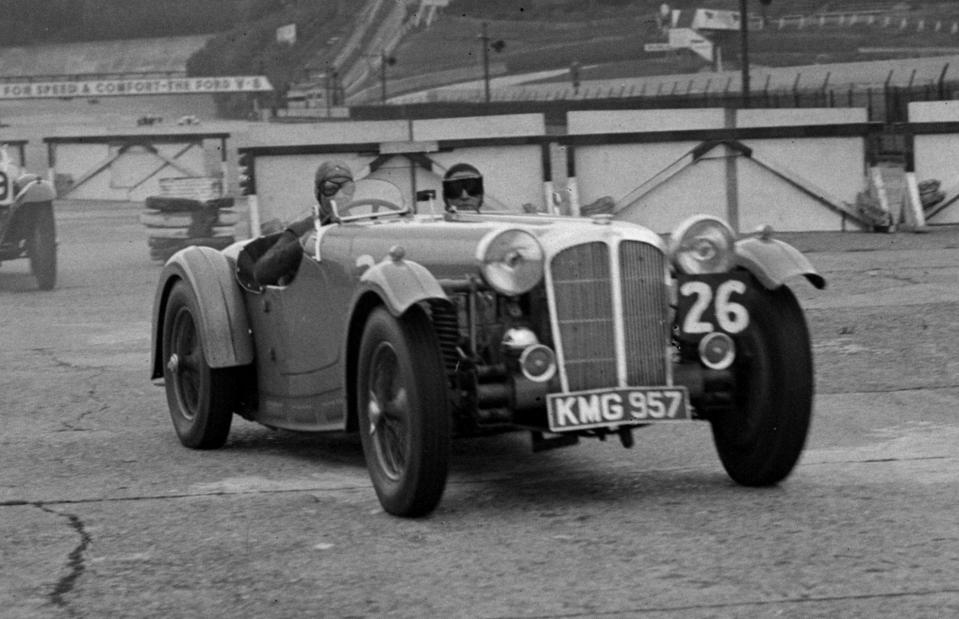
National Motor Museum/Heritage Images/Getty Images
In 1937, Enzo designed his first ever racing car, a 1,500cc Vetturetta class challenger for Alfa Romeo. It made him realise he could go it alone.
In the meantime, Scuderia Ferrari was dissolved, with Alfa Romeo racing moved in-house. While Enzo was still involved, tensions had been bubbling and came to a head in 1939; following clashes with Alfa Romeo technical director Wifredo Ricart, Enzo was let go by the company and agreed to refrain from using the Ferrari name in connection with cars or racing for a minimum of four years.
Enzo Ferrari's first auto company
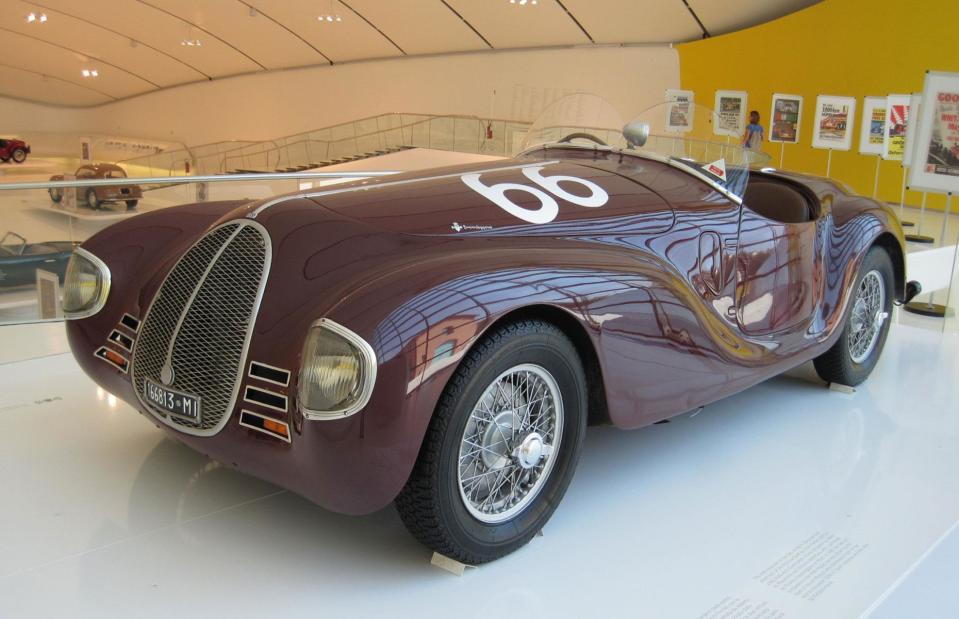
Arnaud 25, CC BY-SA 3.0 , via Wikimedia Commons
The company compensated Enzo handsomely and, having been paid off for the liquidation of the Scuderia, the motor racing pioneer had no shortage of funds.
Within a week of his dismissal, Enzo had moved back to Modena and was busy pouring money into the set-up of Auto Avio Costruzioni (AAC), his first bona fide auto company and the precursor to Ferrari.
In 1940, the company released its first car, the Tipo 815, which was thrown together using parts from Fiat vehicles. However, AAC's racing car manufacturing was derailed by World War II, during which the facility had to concentrate on producing grinding machines and aircraft engines. By 1943, the factory had moved to Maranello, outside Modena, to protect the business from allied bombing raids. The relocation wasn't entirely successful, and the facility suffered extensive damage during the war.
AAC becomes Ferrrari
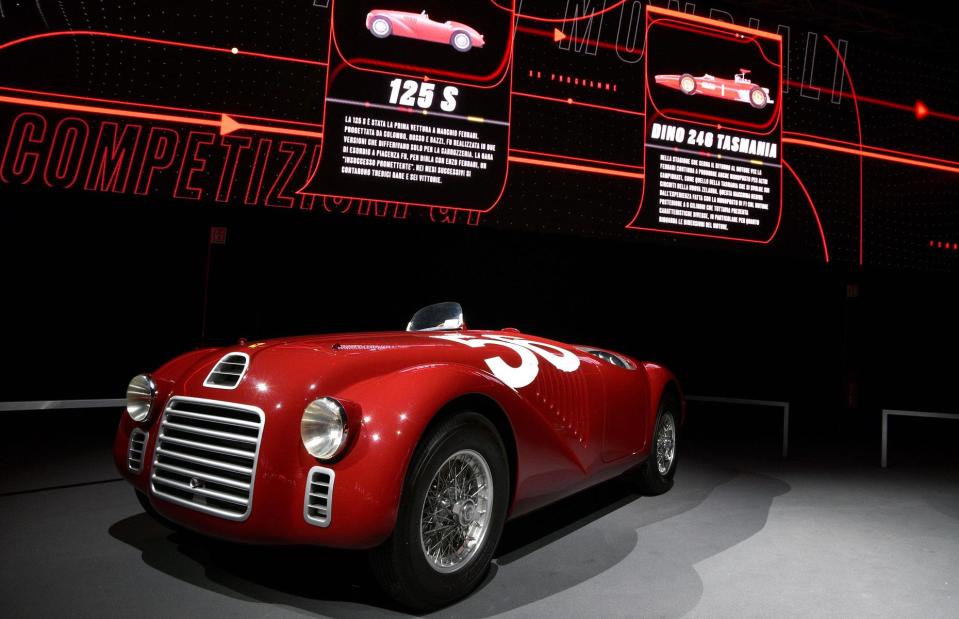
Mau47/Shutterstock
When the war ended, Enzo returned to his passion: building cars. The Maranello factory was rebuilt and the company resumed work. Ferrari was also having an affair with another true love, his long-time mistress Lina Lardi. In 1945, she gave birth to their son, Piero.
Enzo adopted the name Ferrari for his revitalised firm and started creating a new V12 engine and Ferrari's first branded car, the 125 S.
He was forced to sell personal items to bankroll the projects, having already funnelled most of his money into the business. With Italy still reeling from the war, he struggled to secure funding.
Ferrari's signature red
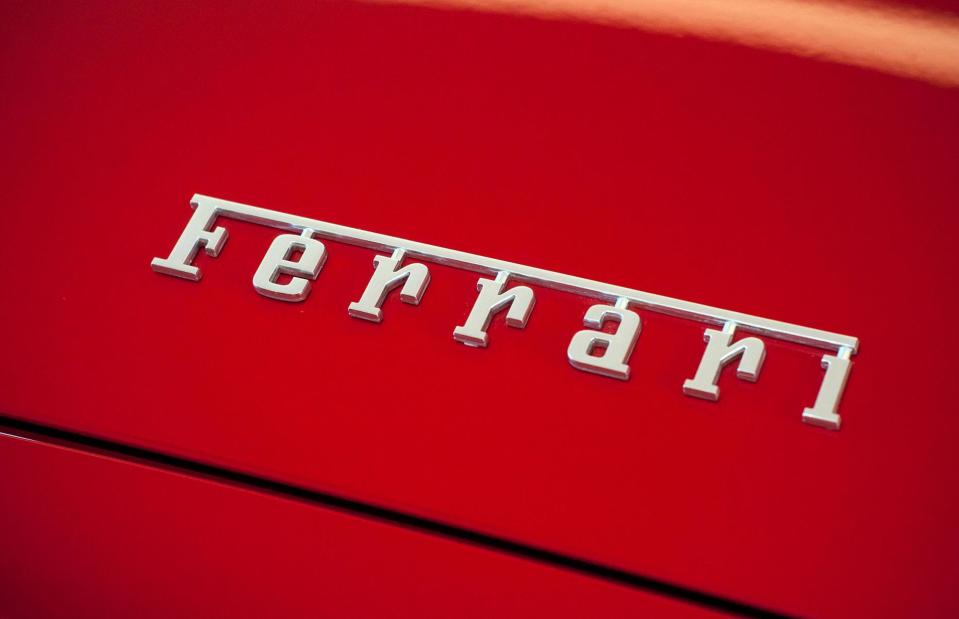
NeydtStock/Shutterstock
Rosso corsa ("racing red") was chosen as the colour for the first Ferrari.
At the time, national teams in international competitions painted their vehicles a specific shade that denoted their origin. The UK's was green, France's blue, and Italy's red, with the latter said to be a tribute to Giuseppe Garibaldi, the architect of Italy's 19th-century unification, and his red-shirted followers.
The tradition remained until the late 1960s, by which point rosso corsa had become Ferrari's signature colour. While 85% of Ferrari cars were red in the 1990s, the number stands at just 40% today, with customers able to choose from 40 shades of the hallmark hue.
Ferrari's 125 S success
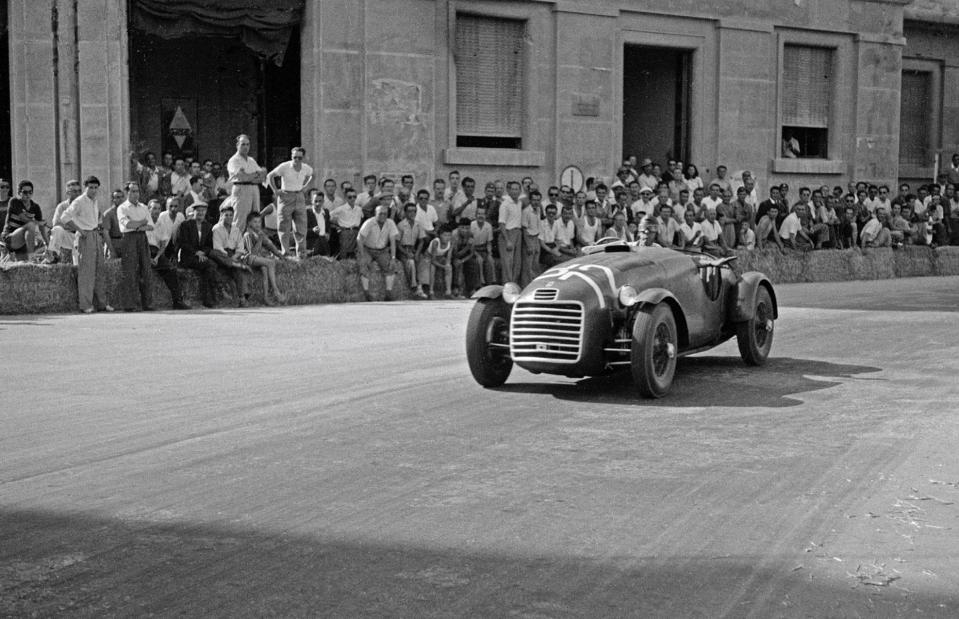
Klemantaski Collection/Getty Image
Effortlessly stylish, meticulously crafted, and blisteringly fast, the 125 S debuted in 1947 and proved to be a resounding success, winning the Rome Grand Prix that year.
This was followed by victories in the Mille Miglia in 1948 and the 24 Hours of Le Mans the following year. Then, in 1951, the car scored its first Formula One win at the UK's Silverstone course and triumphed in Mexico's Carrera Panamericana race.
Ferrari starts making road cars
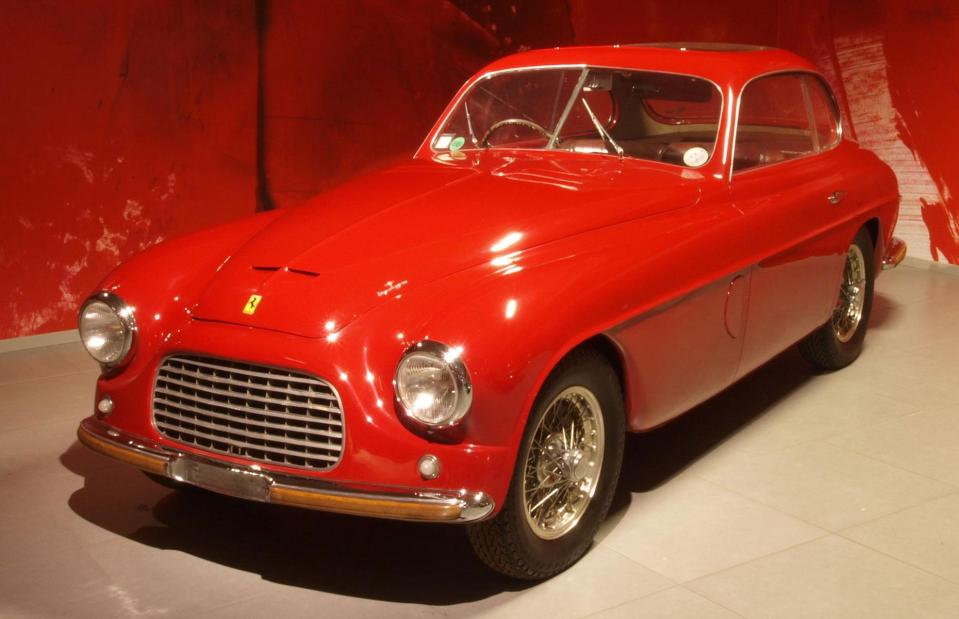
Historic Images/Alamy
Ferrari started producing road cars in the late 1940s, beginning with the 166 Inter grand tourer. This side of the business reportedly existed solely to finance the construction of Enzo's racing cars.
Considered a necessary evil by the Ferrari founder, his heart was never in it, and he's said to have felt contempt towards the mega-rich customers who fawned over his road cars.
Enzo Ferrari's tumultuous 1950s
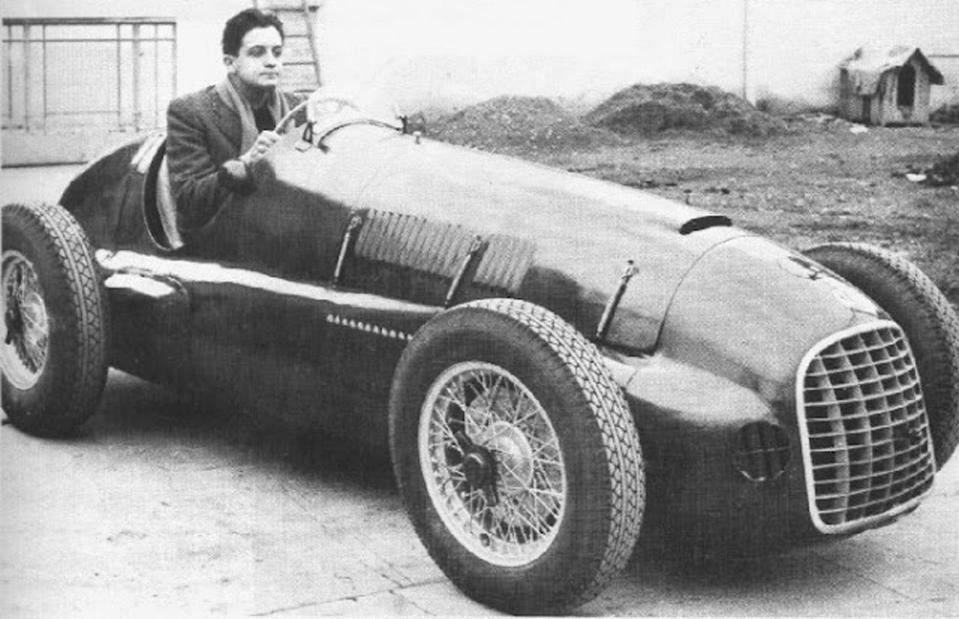
Public domain, via Wikimedia Commons
A key player in international auto racing, Enzo was riding high in the early 1950s – but things took a tragic turn as the decade wore on.
In 1956, Enzo's son Dino died after a long battle with Duchenne muscular dystrophy. The young Ferrari had been shaping up to be an accomplished auto engineer, and Enzo had planned for his firstborn to take over the firm.
At the time, Enzo didn't officially recognise Piero, his then-11-year-old son with Lina Lardi, as part of the Ferrari family. As such, Piero never met his older half-brother.
Enzo Ferrari's most challenging times
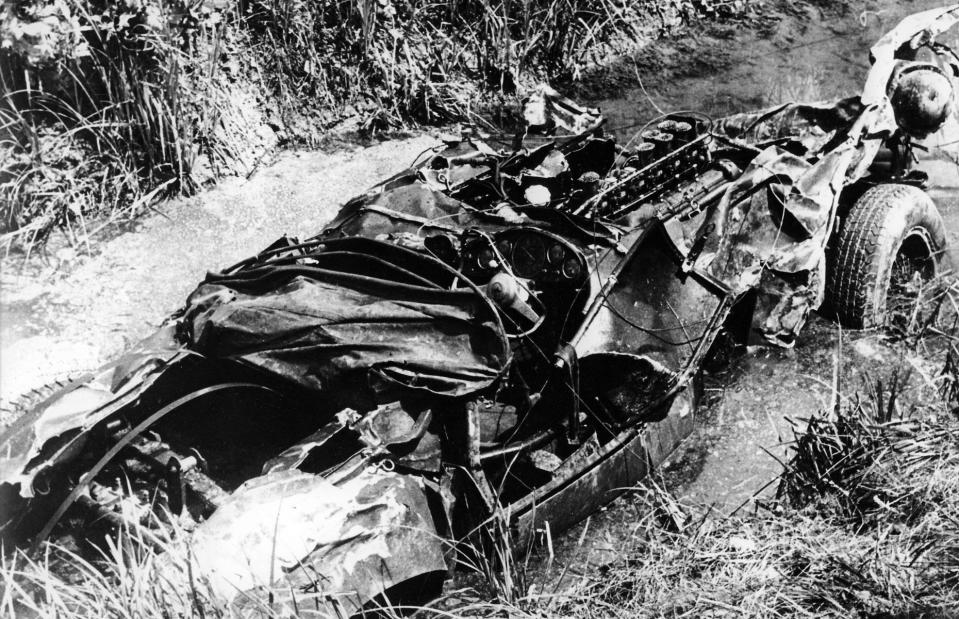
Bernard Cahier/Getty Images
Enzo went on to name the V6 engine, various car models, and more after the late Dino and is said to have visited his grave (and, years later, his wife's grave) every day before work.
The subsequent deaths of several Ferrari drivers on the track compounded his grief. The misery switched up a gear in 1957, the period covered by the new biopic, when a Ferrari vehicle lost control at the Mille Miglia and killed 10 spectators, spelling the end of the competition.
Enzo was hauled into court and tried for manslaughter, though he was later acquitted. Not long after, he had a run-in with industrialist Ferruccio Lamborghini, who complained about a Ferrari he'd bought. Enzo reacted with fury, and Lamborghini decided to spite him by making his own racing and road cars. Enzo had inadvertently created a formidable competitor.
The Palace Revolt and Great Ferrari Walkout
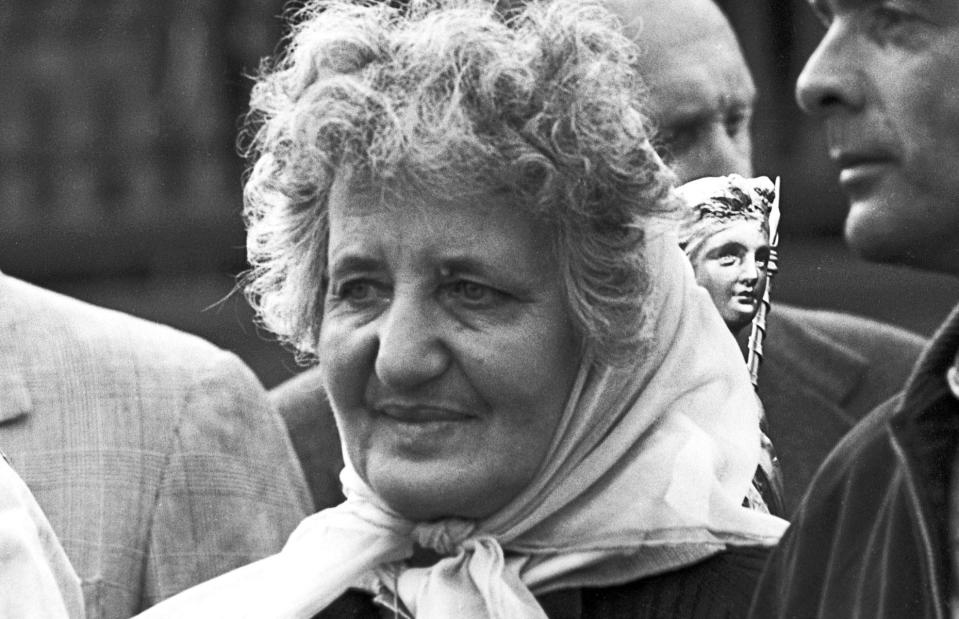
Bernard Cahier/Getty Images
Enzo's stubborn nature came to the fore in 1961 when Ferrari was rocked by what's since been nicknamed "the Palace Revolt", which occurred after Ferrari had become a public corporation the previous year.
Animosity had been growing between Enzo and his employees for some time and, as a controlling perfectionist with a tendency to become dictatorial, he probably wasn't the easiest to work with.
The conflict came to a head when Ferrari's sales manager, Girolamo Gardini, complained about Ferrari's wife (pictured) meddling in the business. Enzo reacted furiously, firing the employee. This led to the Great Ferrari Walkout, during which a slew of key staff members resigned in protest.
Ferrari's Ford rival
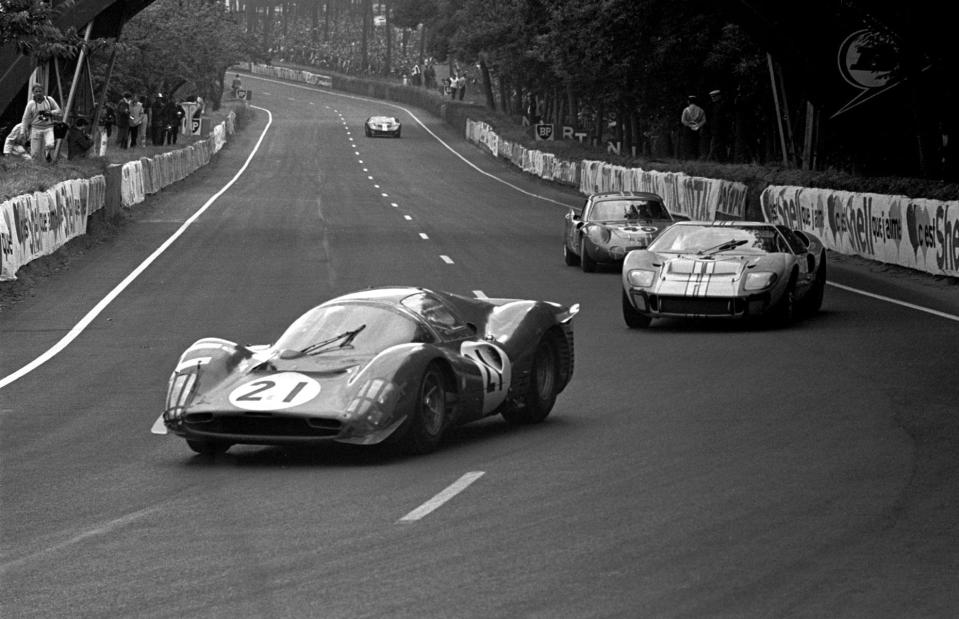
Klemantaski Collection/Getty Images
The protest threatened to destroy Ferrari, but Enzo refused to back down. While the business ultimately survived, losing so many talented staff meant significant damage had been done. This was reflected in 1966 when Ford, which had become Ferrari's arch-rival, managed to break the brand's winning streak at Le Mans.
With money tight, Enzo swallowed his pride and entered merger talks with Ford in a deal worth millions. However, he pulled out of negotiations at the eleventh hour.
Ferrari's 1960s heyday
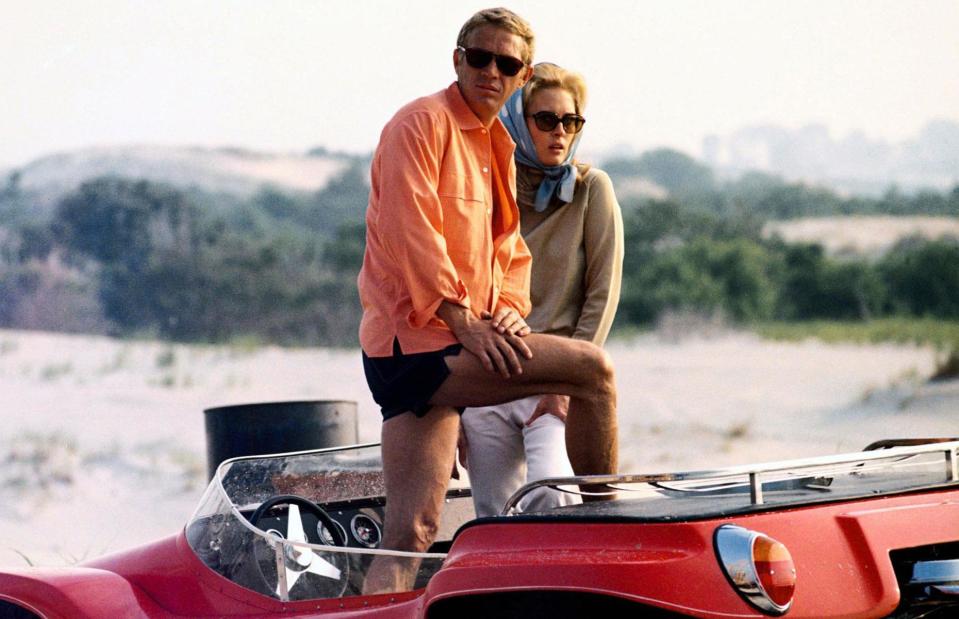
Silver Screen Collection/Getty Images
However, the 1960s proved to be a golden age for Ferrari, with the automaker getting its mojo back as the decade progressed.
Ferrari's exquisitely designed and manufactured road cars became increasingly sought after by the global elite, helped by the marque's growing number of A-list fans. Steve McQueen, for example, owned four.
His 1967 Ferrari 275 GTB/4 sold for $5.4 million (£4m) in August 2023. The most valuable Ferrari associated with the actor, a 1967 275 GTB/4*S NART Spyder he drove in The Thomas Crown Affair (pictured), fetched $27.5 million (£22m) at auction in 2013.
Most expensive Ferraris of all time
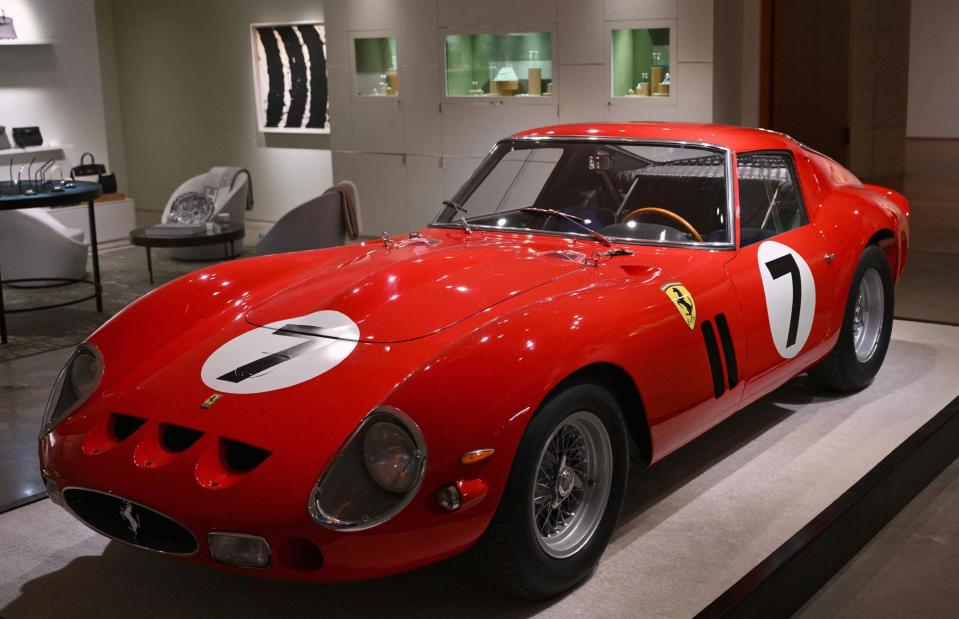
ANGELA WEISS/AFP via Getty Images
Unsurprisingly, the two most expensive Ferraris ever sold at auction also date back to the 1960s.
The cheaper of the pair is a 1962 250 GTO, which sold in 2018 for $48.4 million (£39m), while the record-breaker is this 1962 330 LM/250 GTO, which went under the hammer in 2023 for $51.7 million (£41m).
Based on the current ranking, eight out of the world's 10 most expensive cars sold at auction are Ferraris, according to The Telegraph.
Fiat acquires a 50% stake

Reg Lancaster/Express/Getty Images
In 1969, Enzo finally agreed to sell a chunk of his company as financial problems took their toll. The lucky buyer was Fiat, which acquired 50% of Ferrari for a reported 250 million lire, leaving Enzo with the remaining half.
Enzo successfully negotiated to retain complete control of Scuderia Ferrari. It's said the fear of losing control of the team had prompted him to pull out of the deal with Ford years earlier.
Enzo Ferrari's triumphs

Edoardo Fornaciari/Getty Images
Enzo stepped down as company president in 1977, but remained at the helm of the Scuderia. Leaving on a high, Enzo had presided over booming global sales – yet it was undeniably the success of his racing team that was most important to him.
During Enzo's lifetime, his vehicles won 4,000 races and 13 world championships. But as Ferrari cruised into the 1980s, tragedy hit once again when the company's star driver, Gilles Villeneuve, was killed while qualifying for the 1982 Belgian Grand Prix.
Vehicle sales slipped before spiking in the latter half of the decade, while merchandise and brand collaborations with the likes of Cartier evolved from a lucrative sideline into a crucial money generator.
Enzo Ferrari's heir

Goddard Archive 2/Alamy
Revered variously as Il Commendatore ("the Commander") and Il Drake ("the Dragon"), Enzo died on 14 August 1988 at the age of 90.
Shortly before his death, the Ferrari founder had agreed to sell an additional 40% of the company to Fiat, with the remaining 10% set aside for his son and heir, Piero (pictured).
Enzo had officially recognised Piero as his son after Laura passed away in 1978. By the time of his father's death, Piero had been working for the company for decades, holding down various roles before becoming Ferrari vice chairman in 1988.
Enzo Ferrari's legacy
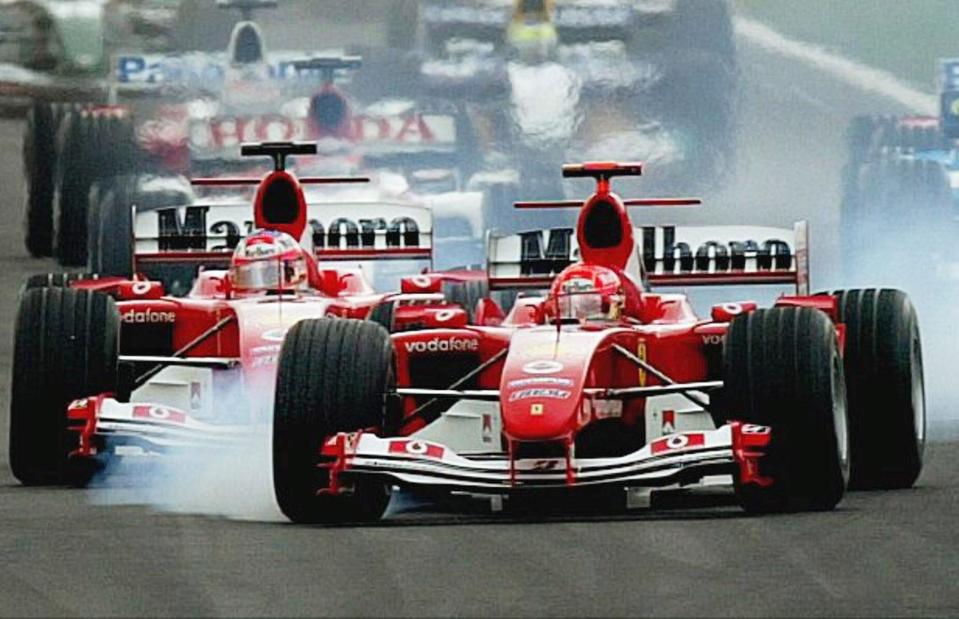
Alexander Hassenstein/Bongarts/Getty Images
Enzo sold the 40% stake to Fiat for 19 billion lire, the equivalent of around $29 million today (£23m).
While he died rich, his fortune was nowhere near the size of other motor tycoons, including Henry Ford and Ferruccio Lamborghini. Ford was estimated to have been worth around $200 million in today's money at the time of his death in 1947, and Lamborghini is believed to have boasted a similar net worth.
Since Enzo's death, however, Ferrari has gone from strength to strength. The team was on top of the world in the early 2000s, with Michael Schumacher bagging five consecutive Formula One titles. Though Ferrari hasn't won the title since 2007, it remains the most successful Formula One team of all time.
Ferrari's expanding line-up
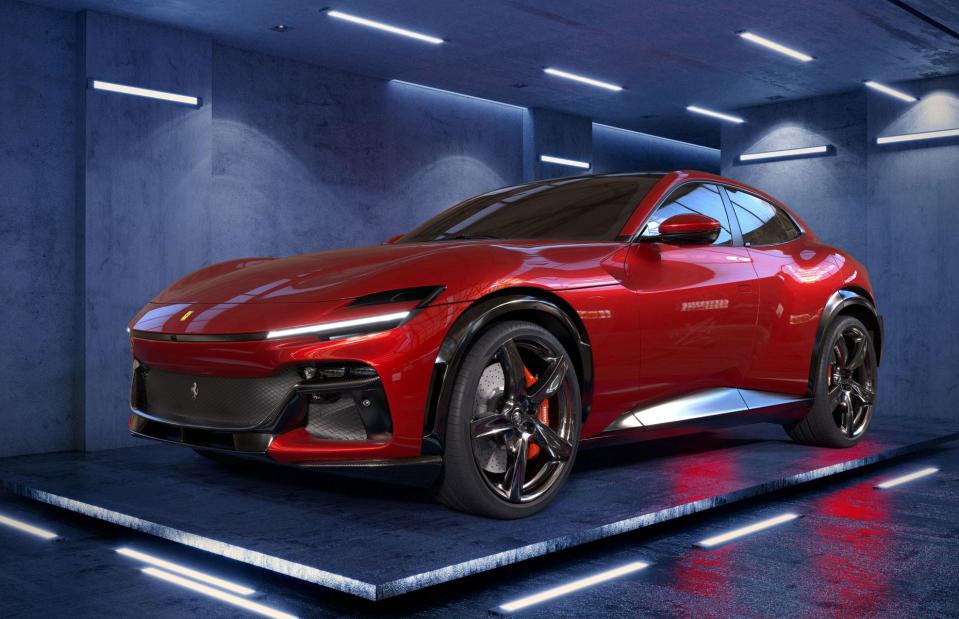
Mariusz Burcz/Alamy
Ferrari has continued to add to its range over the years, debuting its first-ever SUV, the Purosangue (pictured), in 2022.
The brand's current line-up comprises 10 regular production models, with the most expensive being the 2023 Ferrari SF90 Spider, which can be snapped up from $575,445 (£459k). Ferrari also offers a special edition model, the Daytona SP3, priced at a whopping $2.25 million (£2m).
With orders coming in thick and fast, the company is expanding its range and plans to launch the first fully electric Ferrari in 2025.
Ferrari's ballooning production and revenues
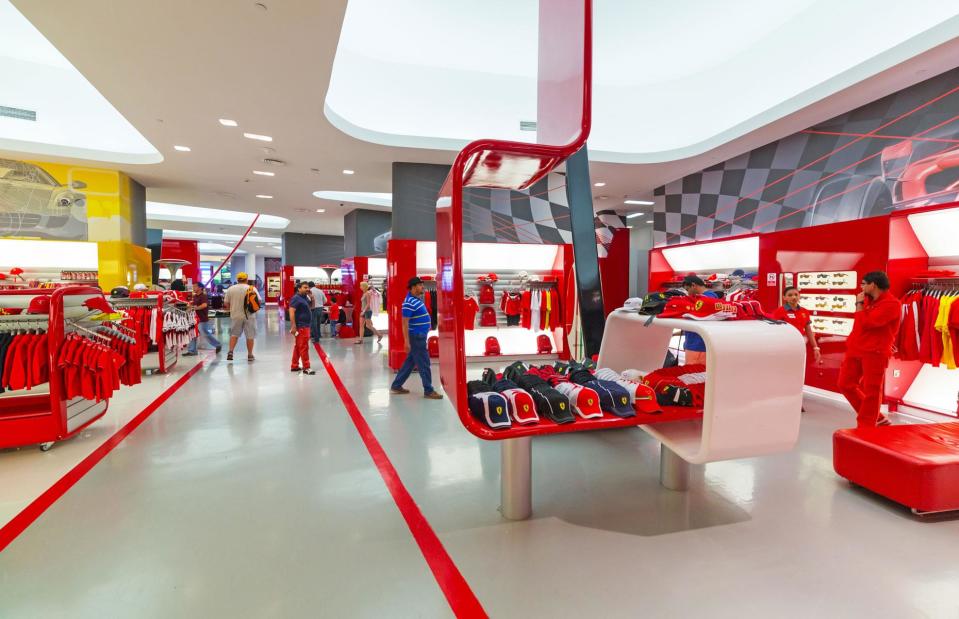
Patryk Kosmider/Shutterstock
Merchandise, including watches, clothing, and fragrance, is the firm's second biggest money-maker after car sales. In addition, there are two Ferrari-branded theme parks: Ferrari World in Abu Dhabi and Ferrari Land in Spain.
These spin-offs have helped Ferrari's revenues rocket. Last year, turnover was its highest at $5.4 billion (£4bn), and it's anticipated to hit $6.3 billion (£5bn) in 2023.
In 2022, Ferrari delivered a record 13,221 vehicles. It previously restricted its sales to 7,000 units a year to protect the exclusivity of Ferrari, which was ranked the world's strongest brand in 2019 and 2020 and is still the most powerful in the auto industry. Since Ferrari's US stock market flotation in 2015, the quotas have increased, reaching the 10,000-units-per-year mark in 2019.
Ferrari's billions

Venturelli/WireImage/Getty Images
Ferrari's American IPO, which resulted from the company's spin-off from Fiat Chrysler, made Piero a billionaire. His net worth now stands at a mammoth $7.5 billion (£6bn), reflecting the buoyant share price of the luxury automaker, which smashed records in 2023.
Ferrari's market cap has mushroomed accordingly, and the company is now valued at $62.2 billion (£50bn). In terms of shareholders, the biggest is Exor, which holds around 25%. Exor belongs to the feuding Agnelli family, who also own or have stakes in Fiat, Stellantis, and Juventus FC.
Piero Ferrari's family trust
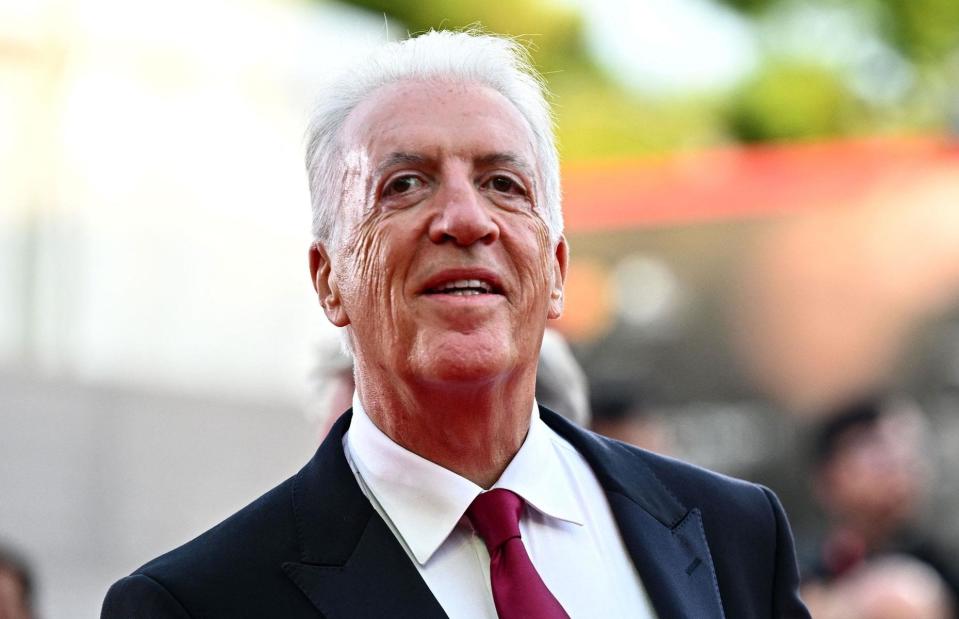
GABRIEL BOUYS/AFP via Getty Images
Piero Ferrari is next in the line of Ferrari shareholders, with his trust owning a very precise 10.39% of the company.
The 78-year-old Ferrari vice chairman engaged in some serious estate planning last year and transferred the stake to a family trust while retaining his voting rights of over 15%.
Piero's daughter Antonella and his two grandsons, Enzo Mattioli Ferrari and Piero Galassi Ferrari, are all named as beneficiaries who will inherit the shares upon the senior Ferrari's death.
Piero Ferrari's successor?
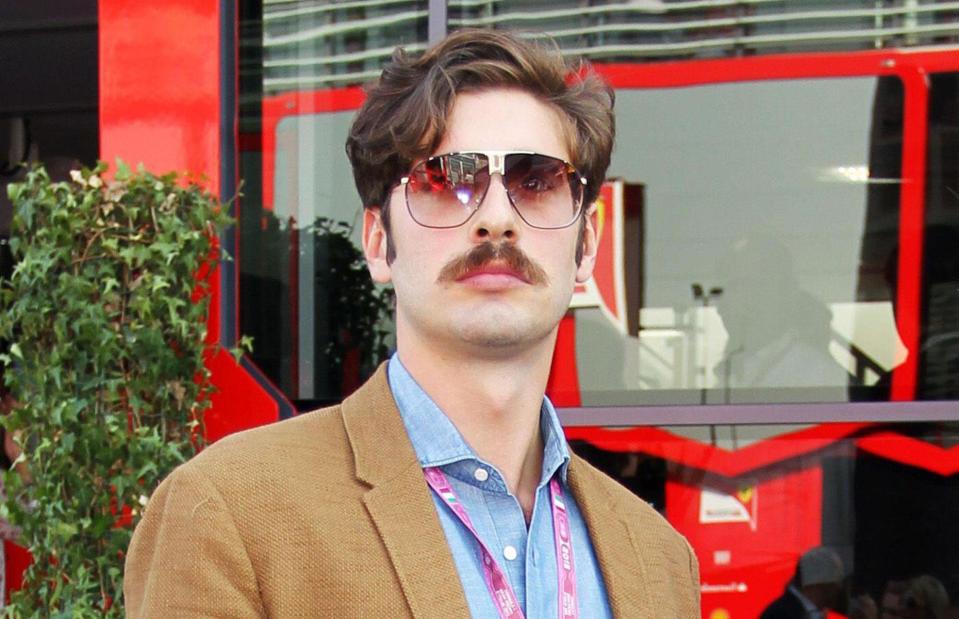
James Moy/Alamy
Piero is close to his grandsons, with Enzo (pictured) particularly interested in autos. The pair took part in this year's Cavalcade Classiche, with Piero Sr. driving an F50 and Enzo an F40.
Enzo is said to have a passion for Ferrari and reportedly takes the responsibility of the family name extremely seriously. With racing and luxury car-making in his genes, he could very well end up playing a key role in the business and help Ferrari rev up to whole new heights, so watch this space...
From Ferrari to Ford: take a look inside the wealth of Henry Ford's family

 Yahoo Finance
Yahoo Finance 